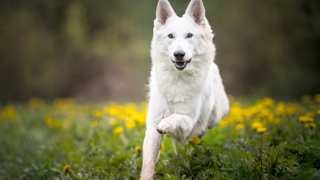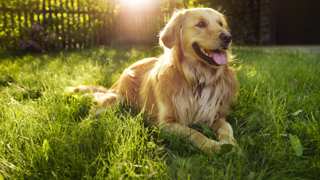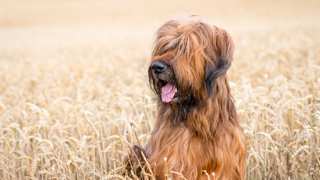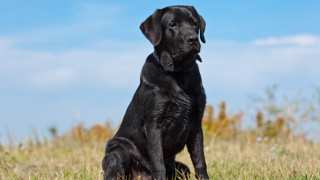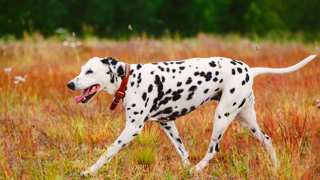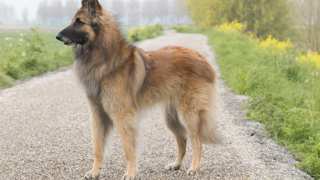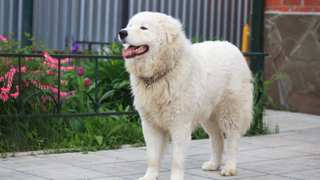German Shepherd exercise is a daily requirement, and it is recommended they get a lot of exercise. At a minimum, they should be walked briskly for 30-45 minutes, twice a day. These are strong guard dogs who have a lot of energy that should not be allowed to become pent up lest they starting destroying things. German Shepherd puppy exercise should not be vigorous, however, until they are about 12 months old. Prior to that, extremely limited exercise is OK. Starting around 5-6 months, walking on a leash for no more than five minutes, or allowing them to run and stop as they please in a fenced yard, is all they should do on a daily basis. Understanding how much exercise German Shepherds need is worthy of research and your time.
Like all large dogs, GSDs are prone to hip and bone problems and this can be worsened by exercise that is incorrect or overly strenuous. While there are some extravagant activities with police, military, or other professional K9s, you should start with and stick to the more simple and fun ones. Complex exercises to build up German Shepherd muscles should only be undertaken by trained specialists with dogs that have had full vet checkups. You should always be looking out for warning signs of injury or impending issues during and after exercising your German Shepherd Dog:
- Refusal to move
- Nipping or yelping
- Not drinking water
- Panting excessively
- Breathing irregularities
- Odd behavior in hot weather
- Gulping a lot of water loudly
- Limping on one or more legs
- Obviously upset in other aggressive ways
Always be alert for signs of inadequate exercise. Typical indicators include obesity, digging holes, chewing shoes and other items, constant barking, and frequent escape attempts. Things that seem merely annoying could also be red flags. If your GSD refuses to stop jumping on furniture, aggressively guarding places in the house, or is obviously hyperactive, this could be from a lack of exercise too.
There are many GSD exercises you two can do. Here are some that are easy and fun:
- Hide & Seek: What's your GSD's fave toy? Find it, show it to her, then hide it.
- Hiking: Pack some food, a first aid kit, and plenty of water, and head out to the hills!
- Swimming: If you have a pool, then you're set! Otherwise, a short hike to a pond or lake will do.
- Walking/Jogging: A 30-60 minute morning and evening walk every day will be great for both of you.
- Catch: Whether a Frisbee, rubber ball or something else highly visible and bouncy, this is something that she will love.
Following a diet and exercise routine specifically for GSDs, and as directed by your vet, can help to prevent anxiety, obesity, and hyperactivity. This, in turn, can help lessen the exercise requirements for your German Shepherd. Having a large stock of toys that are rotated will help offer your dog a chance to be active on her own. Allowing her to run freely in a very secure yard will also help a lot. Allowing her to be with you as you move throughout your home will be a bit of easy exercise. Proper behavior training when they are pups, starting around 4-5 months, will allow them to be exercised easier. Make sure your GSD knows you are the alpha and that the door opening is not an escape hatch will help make exercise fun and easier to manage!

